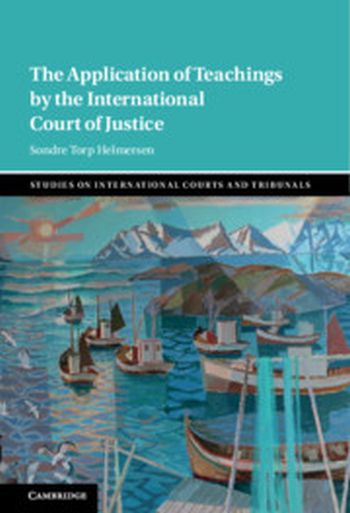
How do the judges of the International Court of Justice, the most authoritative court in international law, use teachings when deciding cases? This book is the first book-length examination of how teachings are used in an important international institution. It uses three different methodologies: a traditional legal analysis, an empirical analysis where citations of teachings are counted and interviews with judges and staff. Three main patterns are identified: teachings have generally low weight, but this weight varies between different works and between different judges. The book suggests explanations for the patterns it identifies, in order to contribute to understanding not only when and how teachings are used, but also why, and compares the Court's practice with that of other international courts and tribunals. This study fills a gap in the international legal literature and will be essential reading for scholars and practicing international lawyers.